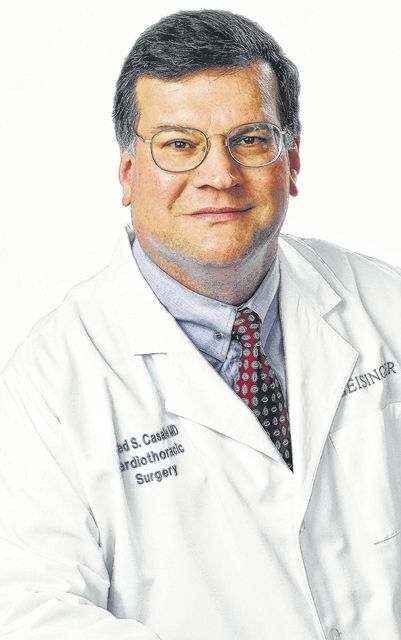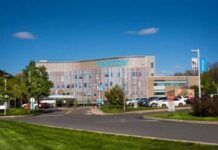Click here to subscribe today or Login.
Hearty congratulations to a good friend and colleague who’s just finished her treatment for breast cancer. The courage and fortitude she’s shown is shared with women everywhere facing the same challenge and they deserve our admiration and support.
The evolution of the surgical treatment of breast cancer is a wonderful example of the progress possible when good science, technological advances and a focus on patients and their psychological and physical needs come together.
Most of the first phase of my medical career was at Johns Hopkins in Baltimore. William S. Halsted was the first chief of surgery at Hopkins and is considered by many to be the “father” of modern surgery and the person responsible for bringing the residency system of gradually increasing responsibility of trainees to America from Europe. One of Halsted’s most notable surgical advances was the development in 1894 of the “radical mastectomy.” In this operation not only the cancer containing breast but the underlying muscles of the chest wall and the lymph tissue under the arm were removed. This was quite disfiguring and from our vantage point now seems barbaric; at the time though, there was almost nothing else being done for women with breast cancer, so tumors were usually only addressed when large and advanced.
Over the years our understanding of breast cancer and its way of behaving allowed great improvements in outcome with far less radical approaches. Today, the management of breast cancers, especially when noted early, can included a dizzying array of options. I believe it’s critical to consider the advice of a dedicated team of cancer specialists including radiologists, surgeons, oncologists, radiation therapists, plastic surgeons, geneticists and psychologists before committing to a specific plan. The best cancer centers provide this “interdisciplinary” approach to cancer and we’re blessed in our area to have this available. Moving forward with a mastectomy is a personal and emotional decision women make in their fight against breast cancer.
If you’re considering a mastectomy, here are some things to discuss with your team.
Mastectomy is a term used to describe several different procedures.
A mastectomy operation can involve removing one or both breasts or removing some or most of the lymph nodes in the underarm area. This is done to determine if cancer has spread. Some mastectomies include the removal of breast tissue, the areola, nipple and underarm lymph nodes; some spare the breast skin, and others only remove breast tissue, sparing the skin, nipple and areola.
With a mastectomy comes the option for breast reconstruction.
Reconstructive surgery restores the shape, look and feel. It can be done at the same time of your mastectomy or at a later date.
If you chose to have a mastectomy without breast reconstruction, the surgery will likely take one to three hours. It may require an extra day in the hospital, but it’s increasingly common for people to go home the same day.
If you’re having a double mastectomy, the procedure will take longer and you may spend more time in the hospital recovering. If you’re having reconstruction done after the mastectomy, the surgery will take a bit longer and may require you to stay a few more days in the hospital.
If you have a mastectomy, you don’t have to get breast reconstruction. If you chose to have reconstructive surgery at the same time, your doctor and plastic surgeon will coordinate your procedures to both be available.
If your treatment includes radiation therapy, you may chose a different option for breast reconstruction.
Radiation may impact reconstruction options. Your surgeon may place temporary tissue expanders behind the chest wall muscle. These temporary expanders form the new breast mound. This option gives you the opportunity to delay your final reconstructive surgery until after you complete radiation.
When your surgery is complete, the surgeon will close the incision with sutures that may dissolve or get removed later. You may have one or two small plastic tubes temporarily placed where your breast tissue was.
These tubes will drain fluids that accumulate after your surgery. They’re sewn into place and attached to a small drainage bag for a few days before being removed at an office visit.
Regardless of breast reconstruction, you will likely have some soreness and physical therapy and exercises will help ease this and hasten recovery of full mobility.
Your doctor and nurses will teach you how to care for yourself at home, including how to take care of your incision and drains. They’ll teach you what the signs of an infection are and explain what activities you’ll have to refrain from and for how long. You may also get prescriptions for medication to manage your pain and possibly an antibiotic.
Breast cancer is scary. The options available for diagnosis, evaluation, treatment and recovery are diverse and extensive. These have improved the outlook dramatically and proved how important good advice from a strong team of providers is. Don’t go it alone, or with a bare bones crew. Explore your options, ask questions, demand answers you understand. You deserve it and the teams exist to provide it. Good luck.








